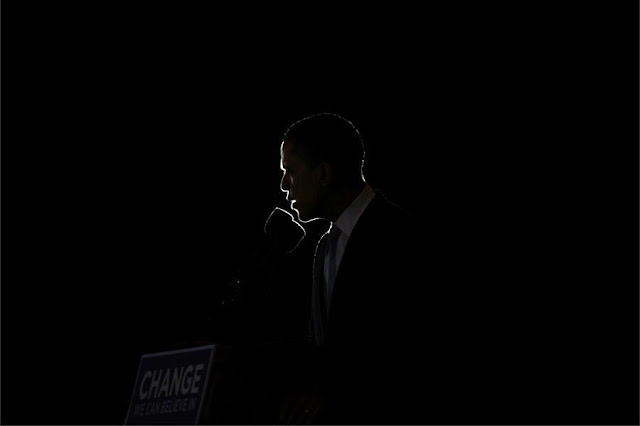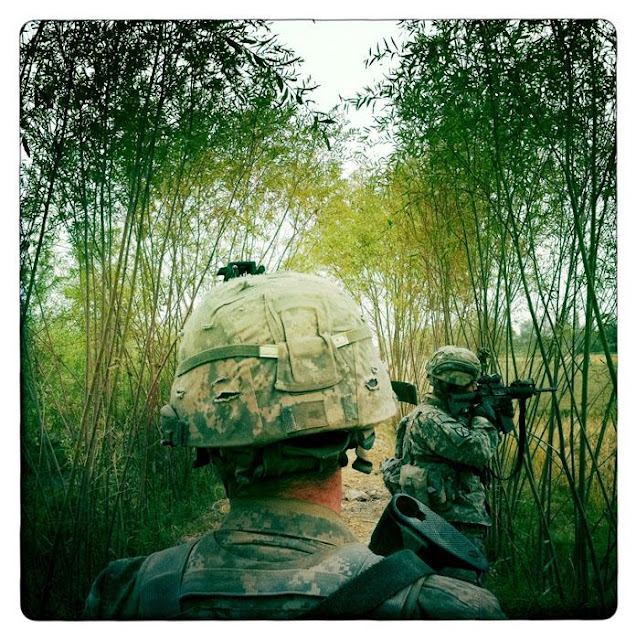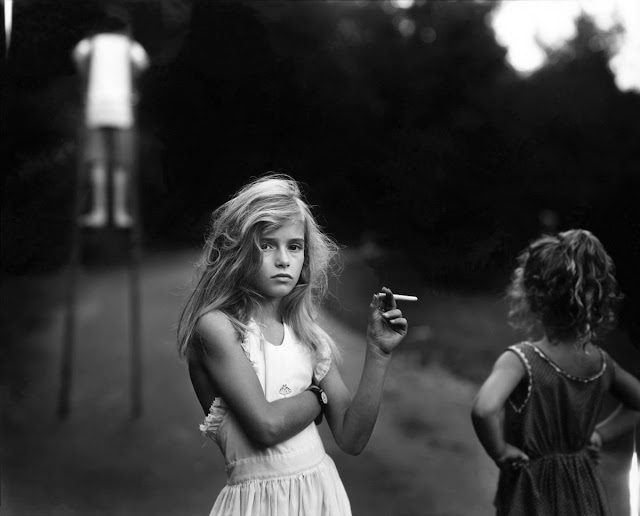Damon Winter: Cinematic Photojournalism
This generation of photographers are the most competitive in any category. Whether it's in portraiture or landscape or photojournalism, photographers have to be more creative with the kinds of images they make. Most photographers are lucky to have one of their pictures published in a leading magazine or newspaper, but a few others seem to have the natural talent to get a different shot over and over again. Damon Winter shows he does it with his cinematic photojournalism.
Damon Winter is a commercial photographer specializing in portraits. He has shot for different publications, including the Los Angeles Times, but is now more well known for his photographs for the New York Times. His celebrity portraits have a more dramatic and captivating style to them, a quality that is also found in his photojournalism.
In 2005, Winter was nominated for the Pulitzer Prize for Feature Photography for his series on sexual abuse victims in remote Eskimo villages. He was also recognized for his work with the National Journalism Award for Photojournalism (PDF link).
Over the last decade, Winter has earned numerous accolades for his work. The photographer won two World Press Photo Awards, one in 2006 for his dramatic black-and-white portrait of Clint Eastwood, the other in 2007 for his landscape photograph of the Brooks Mountain Range in Alaska. In 2009, Winter finally won the Pulitzer Prize for Feature photography for his exceptional coverage of then Senator Barack Obama's first presidential campaign. His photographs on politics showed off an almost cinematic side to the campaign for the White House.
One of the more controversial awards Winter has received was the third place in the 2011 Photographer of the Year Awards for his entry, "A Grunt's Life" covering a platoon of soldiers embedded in Afghanistan. Winter only used an iPhone for his photographs, but the controversy came from his use of the Hipstamatic app which drastically altered the look of the images. Because of this "photo editing", some people won't consider his pictures as photojournalism, only simple photography. This intensified the debate for the definition of photojournalism, but there's no doubt that his pictures were a refreshing view of the ongoing American war in Afghanistan.
Winter's reportage photographs make viewers look twice as they have a movie-like quality to them, as if they were staged just so they were dramatic. Of course, as any good photojournalist will know, it's really a combination of great lighting, timing and positioning, along with conscious preparation beforehand. For Winter, it seems as if all of his documentary photographs happen to luck out on the best lighting, timing and position every time.
His portraits also have a very engaged quality to them, which makes it clear that Winter prepares his set to ensure that his subjects are comfortable before his camera. This is a philosophy he takes wherever he goes in order to get a different angle on things in order to "...look beyond the obvious, in a more subtle way."
This is Damon Winter's website. More cinematic photojournalism over on his New York Times blog. For another take on cinematic photography, have a look at Alex Prager.











He's very good.....
ReplyDeleteGreat pics, I did wonder what the first pic was for a while.
ReplyDeletei remember sharing music like that. now i just blue tooth to my buddies phone
ReplyDeleteAnother great idea that I will put to use in the near future. I like the fact that the gallery style allows for a number of images to be used, but has the impression of a large single display. Has a clean, uncluttered feel about it.
ReplyDeletePhotojournalism